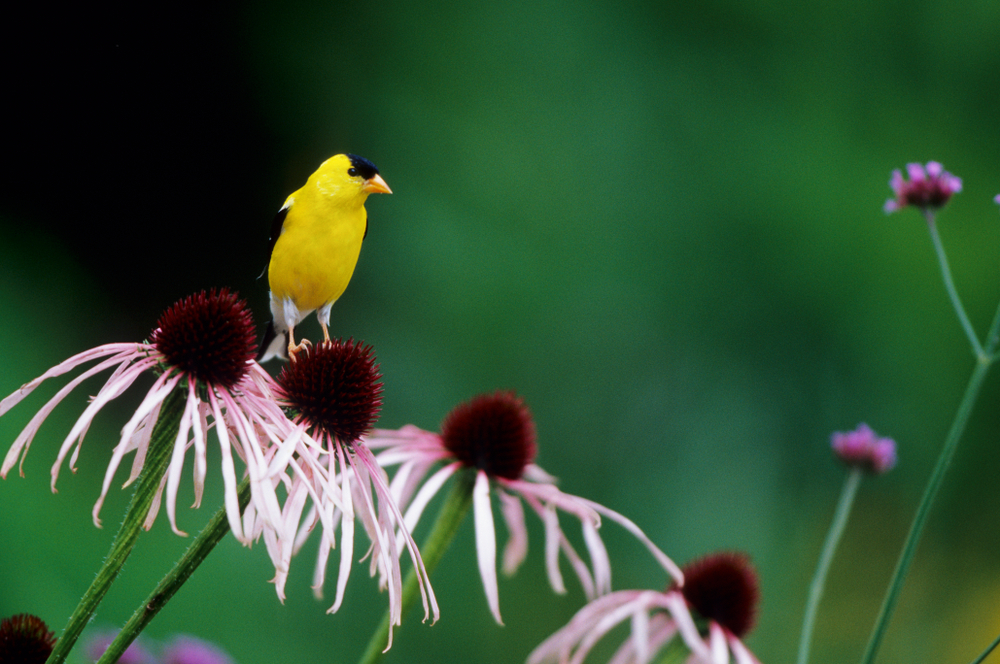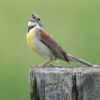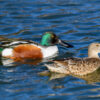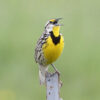The National Audubon Society (NAS) rates Climate Change as the biggest threat to birds. With the drastic reduction in numbers of birds and loss of species, we are listening to the message and know we’ve got to act to reduce carbon emissions and offset those emissions we can’t completely eliminate. The society’s latest initiative encourages the solution proposed by E.O. Wilson, the biologist known as the “father of biodiversity.” We must secure space for all non-human life. In doing so, he says we can save humanity. If we set aside at least 30 percent of our lands and waters by 2030 as habitat for other living organisms, we will reduce extinctions and effectively deal with a certain amount of carbon emissions. Many other scientific organizations are also adopting this 30/30 goal as one of the solutions to climate change.
Bipartisan support is needed for the policies that are required to meet this goal of 30/30. At the national/federal level, stay informed through NAS at: https://www.audubon.org/takeaction. They are reaching out to state offices and local chapters to spread the word and engage within the local communities. Staying informed and contacting our legislators and other leaders is important. They need to hear what we care about. A good resource for pending conservation legislation is the Conservation Federation of Missouri: https://www.confedmo.org/. Visit their Legislative Action center to learn which bills are of concern. Recently there have been a number of proposed changes regarding solar power regulations. Many of these bills appear to be attempts to disincentivize the industry, making it more expensive and cumbersome for existing and future solar array users. We need the jobs and the clean energy option that the solar industry provides. Get alerts now on how to advance the effort to make solar more affordable Renew Missouri: https://renewmo.org/
So what else can we do right now to help with the 30/30 effort? With spring almost upon us, we can begin the effort in our own landscapes. To build better wildlife habitat yard by yard, we can remove invasive plants and add native perennials, shrubs and trees. These natives will support more beneficial insects and provide food and cover for resident and migrating birds. You’ll be rewarded with a more diverse and interesting landscape in which to observe wildlife. Our Bring Conservation Home program offers consulting help, providing a plan for your specific landscape with many resources to get you motivated.
Another way you can help is in the parks and public spaces near you. Watch for opportunities to work with St. Louis Audubon and other groups to assist during volunteer days for removing invasive plants, maintaining natural areas and installing native plants in public areas. Because of COVID concerns, some events have been paused, but these work days should resume in the near future.
We do these things, not just for wildlife, but for our own mental, spiritual and physical benefit. We want and need clear air, water and soil and nature’s beauty to behold. These goals of 30 percent of all land and waters protected by 2030 and measures to arrest climate change can be attained if we all make commitments to actions where each of us can best help.
In gratitude for all you do for birds and other wildlife!
Karen Meyer
St. Louis Audubon Conservation Committee




